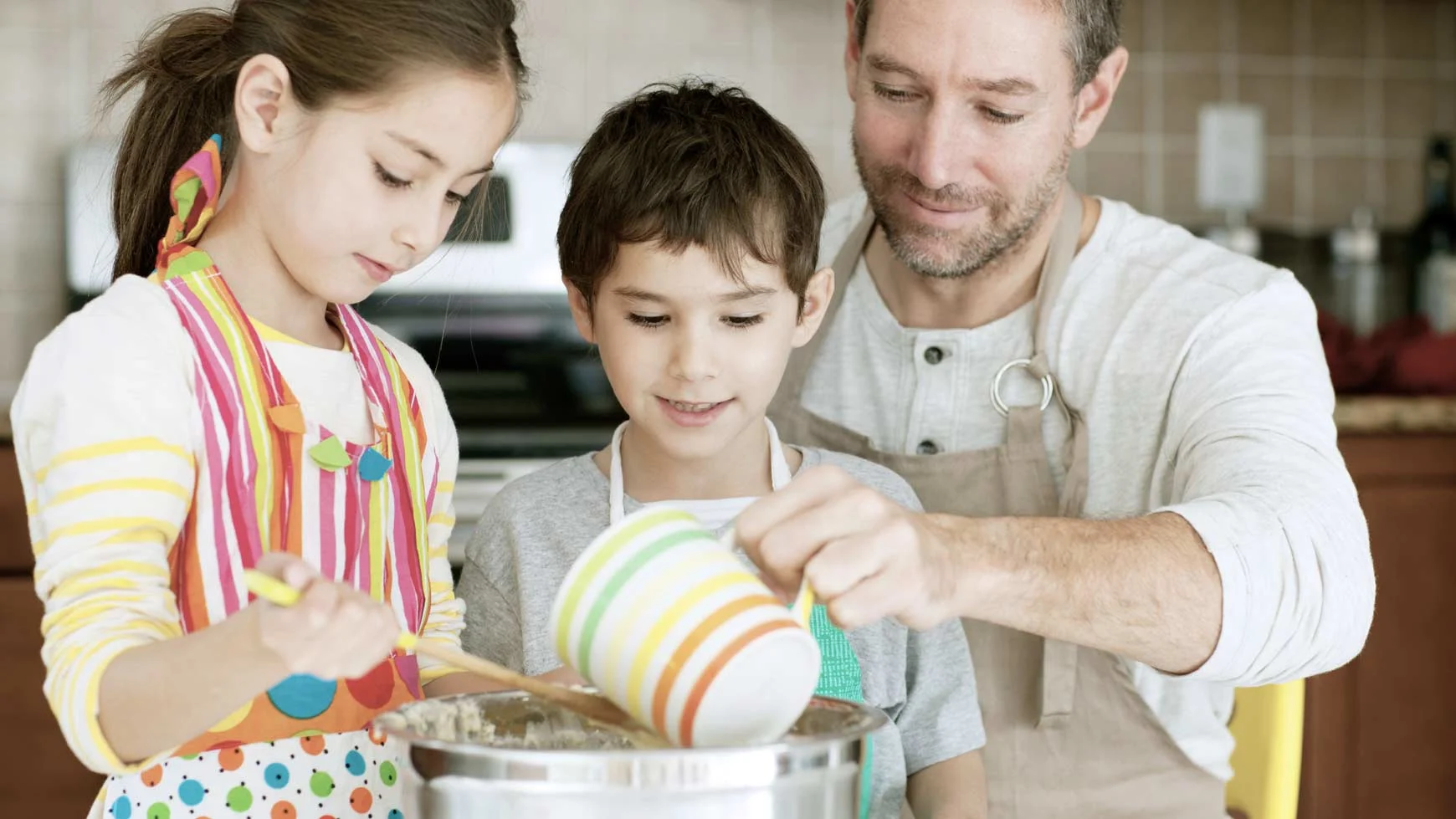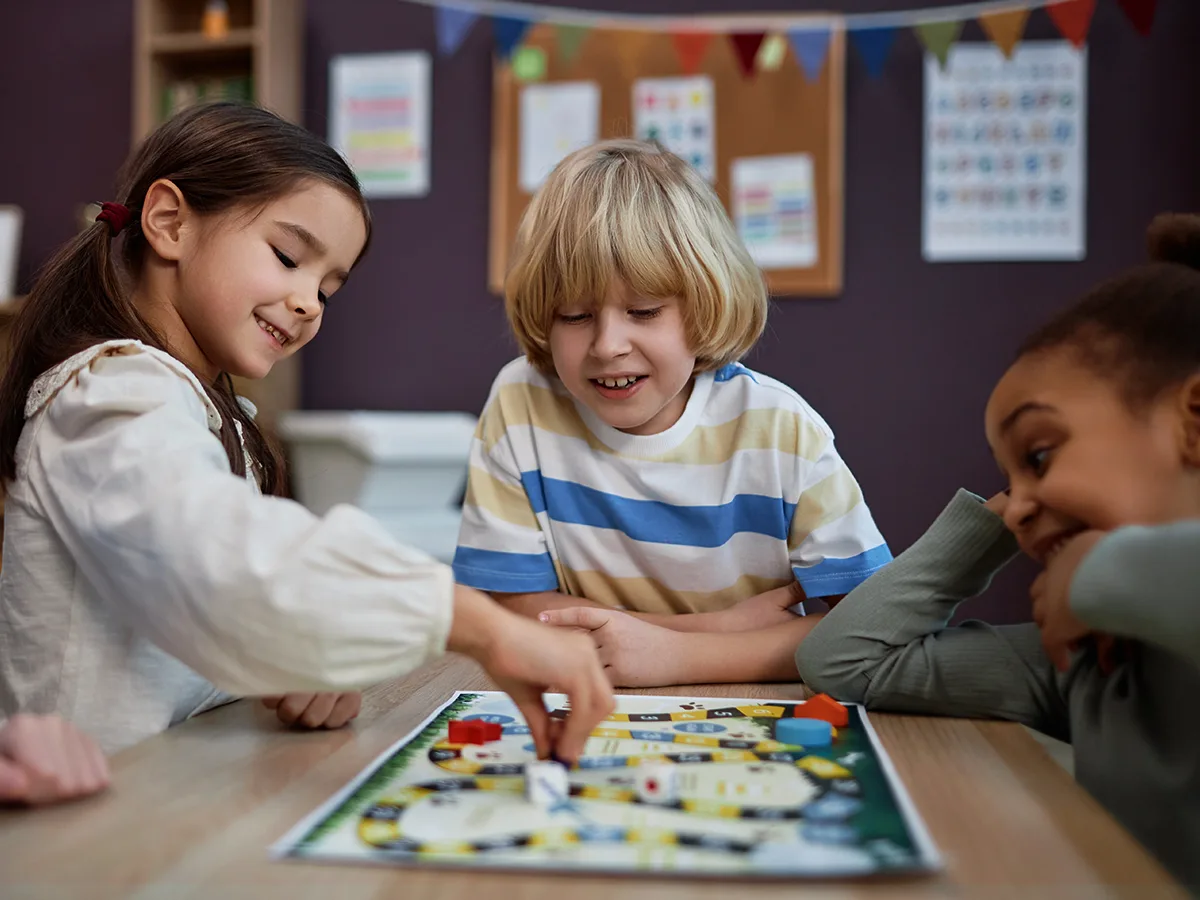7 math tools for grade-schoolers you can find at home
Looking for inexpensive math tools for your grade-schooler? Here are seven math learning aids you may already have around the house — and how you can use them to help younger kids work on important math skills.
1. Coins
Working with coins can help your child practice giving the correct value to each coin. More practice can help your child memorize which value goes with which coin. You can also use coins to help your child practice solving the same math problem in more than one way.
Example: How many different combinations of coins can add up to 57 cents?
2. Crayons
Give your crayons a break from art stuff and use them to help your child understand math concepts. Using small groups of crayons and moving some from one pile to another can help your child create and visualize number bonds.
Example: Draw a big square and write “10” inside it. Put 10 crayons inside the square, too. Then draw two spokes coming out from the bottom of the square and put a big circle at the end of each spoke. (See an example of what this looks like.) Put five crayons inside one of the circles. Then ask your child how many crayons need to go inside the other circle to “make 10.”
After your child solves this problem, keep changing the number of crayons in the first circle and asking your child to make changes to the second pile to complete the number bond.
3. Dried beans
Dried beans have cool colors and textures. That makes it more interesting for kids to practice a math skill called grouping. This is the term for dividing a quantity into smaller parts.
Example: Ask your child to count 12 beans and then split them into two equal groups. What about splitting the 12 beans into three equal groups? Four equal groups? Six equal groups? Older kids may refer to these equal groups as “factors.”
Ask your child to try to divide the 12 beans into five equal groups. When your child sees it’s not possible for the five groups to have the same number of beans, this helps your child understand that 5 is not a “factor” of 12.
4. Legos
Use stacks of Legos to help your child think about place value. Stacks of 10 Legos represent the tens place, while individual Legos represent the ones place.
Example: Start with the number 22. To do this, you’d need two stacks of 10 Legos to represent the tens place, and two individual Legos to represent the ones place. Then ask your child to subtract five from 22. This involves splitting apart one of the 10-stacks so your child can see how this subtraction problem affects the tens value.
5. Post-it notes
Thinking about decimals is a lot more fun when you get to move around colorful Post-it notes. On a big sheet of paper, create a number line from 0 to 1. Then take several Post-it notes and write a different decimal on each one. Then ask your child to place the decimals in the correct order on the number line.
Example: On one Post-it note, write “0.7.” On another note, write “0.3,” and on a third note, write “0.03.” Then ask your child to place them in the correct order from smallest to biggest on the number line.
It may help to start the activity by locating “benchmark” decimals like 0.5, then 0.25 and 0.75, before asking your child to place various Post-its on the number line.
6. Fruit Roll-Ups
Fruit Roll-Ups can be a tasty way to help your child understand and compare fractions. Help your child cut the Roll-Ups into precise pieces.
Example: Before eating, have your child practice making fractions with two equal strips. Cut one strip in half and cut the other into quarters. Then ask which piece is bigger — one-half or one-quarter?
7. Measuring cups
Measuring cups are another great way to help your child think about and compare fractions. They can also help your child practice adding fractions.
Example: Get two measuring cups. Pour one-third of a cup of milk or juice into one cup and another one-third of a cup into the other. Then combine them to make two-thirds. Now take the empty cup and fill it up halfway. Which cup has more liquid? Which fraction is bigger — one-half or two-thirds?
Eager for more ways to help your child work on math skills at home? Try board games that can help younger kids build math skills. You can also explore multisensory techniques for teaching math — many of them use materials you may already have in your home!




